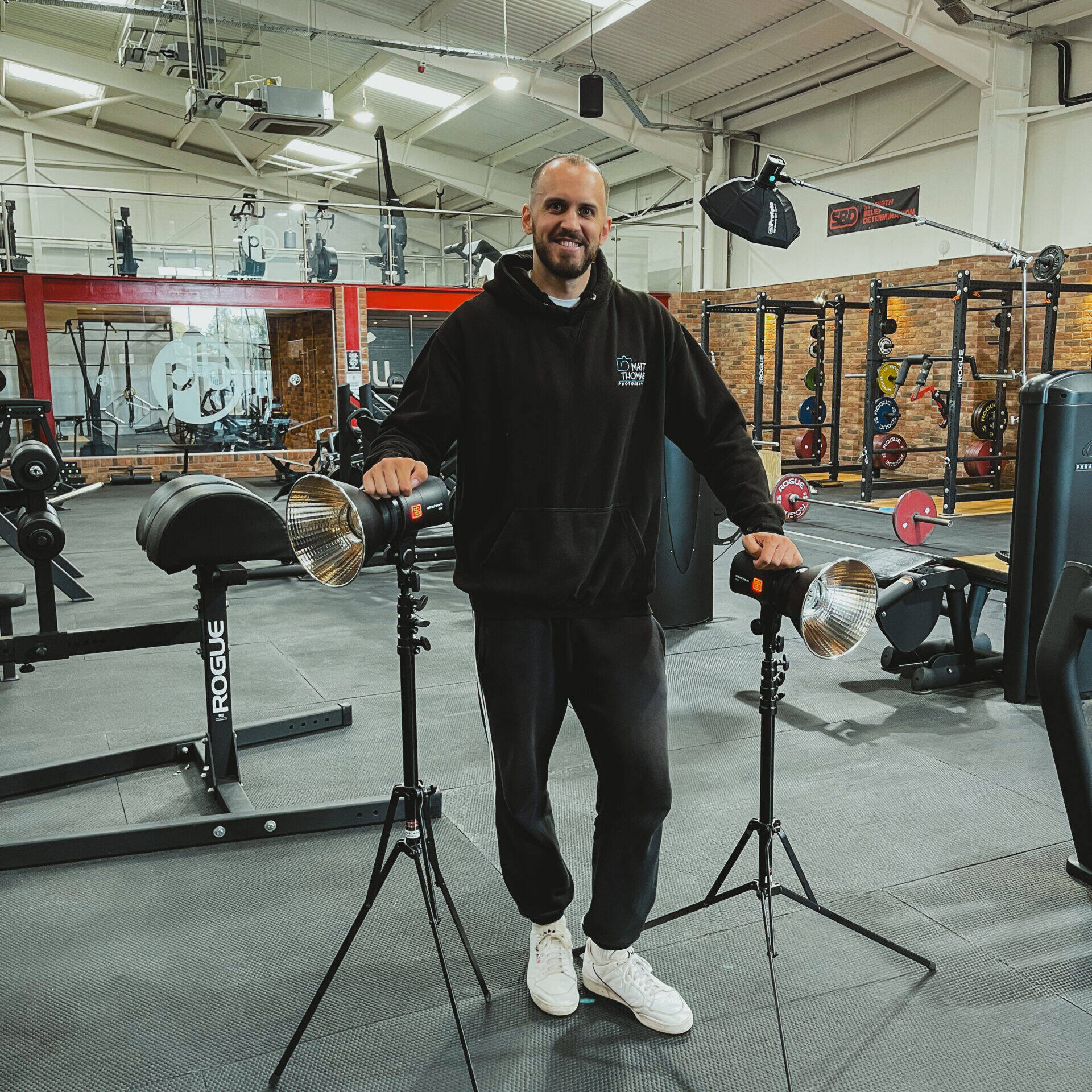With summer approaching sometimes the bright sunny days can be a little tricky to capture that lovely depth of field or blurred motion, which photographers enjoy when shooting portraiture or a longer exposures within landscapes.
A lot of the time you can’t correctly expose the photo due to there being too much light to create the specific effect without majorly overexposing the photograph. However there is a certain filter that is over looked by many photographers that can help to cut down the amount of light transferring into the camera sensor. This is a ND or Neutral Density filter.
What a neutral density filter does is cut down the amount of light that be transferred onto the image sensor. By cutting down the intensity of the wavelengths of light, this means your exposure light needs to be longer to let in the right amount of light. This can either be done by lowering the shutter speed or choosing a larger aperture value to increase the amount of light traveling into the image sensor.
Depending on what ND Filter you are using depends on how much light is being cut out. On the filters themselves they all have a rating, what this rating tells you is the density of the glass. Below is a table showing the ratings of the different ND filter densities.
ND Filters
| ND1number Notation | ND.number Notation | NDnumber Notation | Optical density | f-stop reduction |
|---|---|---|---|---|
| ND 101 | ND 0.3 | ND2 | 0.3 | 1 |
| ND 102 | ND 0.6 | ND4 | 0.6 | 2 |
| ND 103 | ND 0.9 | ND8 | 0.9 | 3 |
| ND 104 | ND 1.2 | ND16 | 1.2 | 4 |
| ND 105 | ND 1.5 | ND32 | 1.5 | 5 |
| ND 106 | ND 1.8 | ND64 | 1.8 | 6 |
| ND 107 | ND 2.1 | ND128 | 2.1 | 7 |
| ND 108 | ND 2.4 | ND256 | 2.4 | 8 |
| ND 109 | ND 2.7 | ND512 | 2.7 | 9 |
| ND 110 | ND 3.0 | ND1024 (also called ND1000) | 3 | 10 |
| ND 111 | ND 3.3 | ND2048 | 3.3 | 11 |
| ND 112 | ND 3.6 | ND4096 | 3.6 | 12 |
| ND 113 | ND 3.9 | ND8192 | 3.9 | 13 |
Therefore depending on how much light you want to cut out would depend on what strength of ND filter you would go for. For myself I went for a ND 102, 103 & ND 110. The reason why I picked three is the fact sometimes I’d only want to cut down the amount by a few stops, therefore having a ND 102 & 103 means I can choose between 2 stops, 3 stops or stack them to get 5 stops. I mainly use these two filters to create a shallower depth of field when shooting portraits in bright sunny conditions.
The ND 110 is mainly used in landscape photography or sometimes cityscapes as it creates a sense of movement within what is normally a still photo. By reducing the amount of light by 10 stops this means that you can get an exposure into minutes rather than it being a few seconds. With water this creates an ice effect as any movement within the water disappears into a silky flowing effect. This means that in busy built up areas such as cities you can make them appear vacant as nobody would be stood still for a long period of time.
Below is a photo shot at Virginia Waters down in Surrey. These natural falls are a thing of beauty so wanted to capture them with a sense of peace. For this I used the 10 ND filter to slow down the shutter. The before photo was at the normal correct exposure and the after photo was with the filter. By using the ND110 I was able to change the shutter speed from 1/40th (first photo) all the way down to 5 minutes (last photo).
Example


Share this post

Matt Thomas Photography
Matt Thomas is a freelance photographer based Gloucestershire, UK. Specialising in fitness, bodybuilding events and commercial photography. Capturing photos and visual content that will make you stand out from the crowd

Matt Thomas Photography
Matt Thomas is a freelance photographer based Gloucestershire, UK. Specialising in fitness, bodybuilding events and commercial photography. Capturing photos and visual content that will make you stand out from the crowd